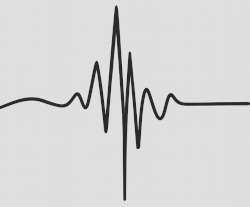August to September 1157 CE Hama and Shaizar Quake(s)


Arabic and Syriac authors — including
Michael the Syrian,
Ibn al‑Athir,
Kemal ad-Din (aka Ibn Al-Adim),
and
Bar Hebraeus —
reported destruction, in some cases total destruction,
of Apamea in the August–September 1157 CE Hama and Shaizar Quake(s),
part of the
1156–1159 CE Syrian Quakes.
Ibn al‑Jawzi and
Ibn Taghri Birdi also noted that the citadel of
Apamea collapsed during the same event.
Jean-Charles Balty (1930–2019), a Belgian archaeologist and historian, who
directed and published extensively on excavations at Apamea attributes the
ultimate demise of Apamea to this earthquake, stating that
“the severe earthquake of 1157 struck Apamea off the map.”
(Jean Ch. Balty in Meyers et al., 1997).
Balty also observed that Apamea “does not appear as one of the cities
destroyed” in the
1170 CE Quake(s). This is not entirely accurate:
the 15th-century historian
as‑Suyuti, writing in Cairo, reported
that the 1170 CE Quake(s) “destroyed many walls and houses
in Syria, more particularly at Damascus, Emessa, Apamea, Aleppo,
and Baalbek.” Yet none of the roughly twenty earlier authors
mention damage at Apamea during the
1170 CE Quake(s).

